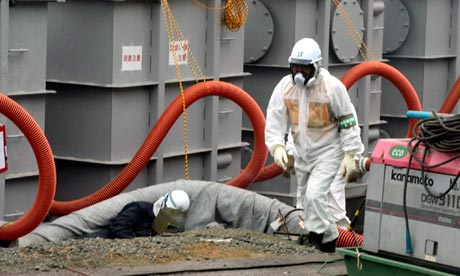The Canadian Boreal Initiative calls on legislators to put an end to the precedence of mining rights and meet the province’s obligations to Aboriginal nations

MONTREAL, Sept. 3, 2013 /CNW/ - While recognizing improvements in the current Bill to amend Quebec’s Mining Act, the Canadian Boreal Initiative (CBI) regrets the absence of certain measures that have obtained consensus among many stakeholders after illuminating debate following the two previous reform efforts.
While the current Bill proposes tangible improvements, particularly with respect to environmental assessment requirements, information distribution, work plans, the exclusion of mining in urbanized areas and the restoration of mining sites, CBI nonetheless believes that maintaining the outdated system of open access is incompatible with the goals of Quebec’s Mineral Strategy, the Quebec Sustainable Development Act and Aboriginal law, including recent judgments, agreements, conventions and laws related to Aboriginal peoples.
“After two attempts at reform in as many legislative commissions, it is hard to understand the legislative amnesia and the continued absence of measures designed to both respect Aboriginal rights and titles, and abolish the outdated and unfair precedence given to mineral rights over protection of the environment and comprehensive land planning,” said Suzann Méthot, Quebec Regional Director for CBI.
By requiring companies to present preliminary work plans for mining activities, only minor changes to Bill 43 would be necessary to establish regulatory provisions allowing for consultation, accommodation and the consent of Aboriginal authorities and bring mining activities into compliance with various existing and future land use plans (municipal, regional, community, Aboriginal governments, provincial).
CBI recommends that the Commission:
- Review and amend Bill 43 so that it truly meets the desire expressed by many stakeholders to reconcile mining development with the accommodation of Aboriginal rights, integrating in a collaborative approach a chapter on provisions specific to Aboriginal communities, taking into account Aboriginal interests, values, needs, rights and titles;
- Promote best practices and industry investment security through an exploration permit system, putting an end to the obsolete and inappropriate precedence given to mining rights over other uses, in particular the creation of protected areas and conservation;
- To ensure both environmental protection and economic predictability, incorporate mining activities into a larger strategy of comprehensive land planning, so as to allow for environmental protection before development. These activities would be subject to, and in compliance with, various land use plans and programs, current and future.
CBI is confident that such amendments can lead to the reduction of conflict, effective land planning and a better climate for responsible investment, which would benefit all Quebec citizens.
Last March CBI published a survey indicating that the majority of voters disagree with giving mining precedence over the rights of private landowners, Aboriginal communities and municipalities. A large proportion of Quebecers said that better protection of the environment, and the rights of people and communities, should be prioritized in the next reform.1
“Finally, I want to acknowledge, beside me today, Paul Wilkinson, Senior Vice-President, Environmental and Social Affairs, of New Millennium Iron Corp.,” noted Suzann Méthot. “As a company active in northeastern Quebec andLabrador, New Millennium wants to join CBI in exploring approaches and finding common solutions that can reconcile all rights, interests, needs and points of view with respect to the mining industry’s place in Quebec’s future - a demonstration that our concerns stem simply from good sense and are not indicative of dissension between industry and environmental groups.”
Canadian Boreal Initiative
The Canadian Boreal Initiative brings together diverse partners to create new solutions for the conservation and sustainable development of the Boreal forest. It works as a catalyst by supporting on-the-ground efforts, across the Boreal, by governments, industry, Aboriginal nations, conservation groups, major retailers, financial institutions and scientists.
Like this:
Like Loading...


